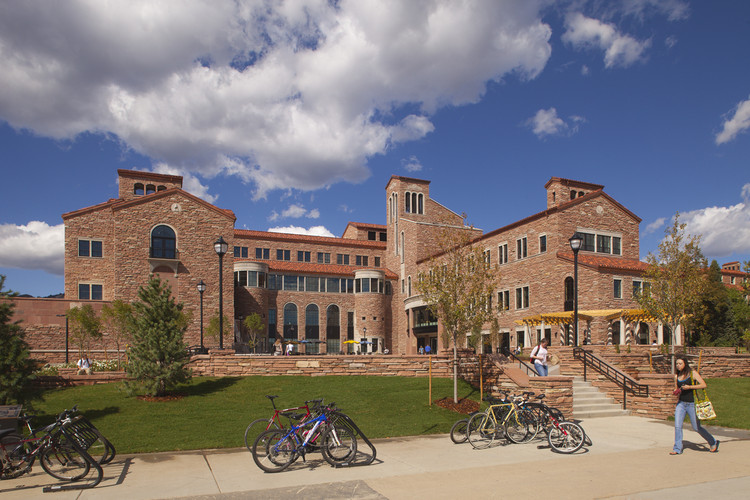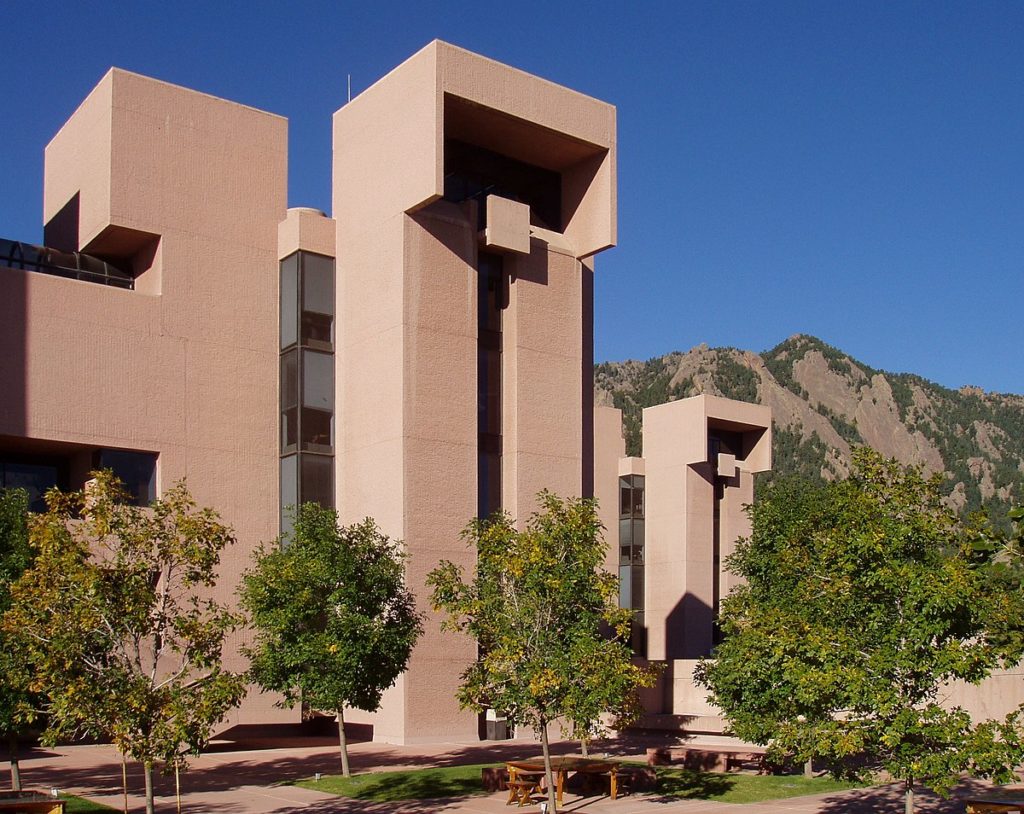Boulder, Colorado is nestled in the foothills of the Rocky Mountains with a glorious view of the mountainscape. With equal potential for urban exploration and for hikes through the rock formations, this city has a rich history of architectural beauty. Thanks to decades of talented Boulder architects, there is no shortage of beautifully designed buildings and homes. From classic to modern to everything in between, Boulder’s architecture engineering is a sight to behold. In this article, we will discuss the importance that architecture plays in our communities and recommend some of Boulder’s most unique homes and buildings to see the architectural ingenuity at play. Keep reading to learn more.
What is Boulder Architecture?
Architecture is the art and science of designing and constructing buildings and other structures. Boulder architecture is especially rich with both historical and new age buildings and structures, varying from Gothic, Victorian, and Classical to Mid-Century Modern, New Age Modern, and Contemporary. With buildings dating back to the mid-1800s, the city of Boulder has many hidden gems hidden throughout.
Why is Architecture Important?
With architecture, we have the power to create aesthetically pleasing environments and cultural landmarks. A city’s architecture has the capacity to define its people, attract visitors, and put the city on the map as a sight to see. Because it is equal parts combining artistic intuition and scientific calculations, architectural engineering is responsible for many of the beautiful structures we see in Boulder.
Is Architecture Art?
Architecture is very much a form of art, based on how it defines a landscape and the culture around it. It is a form of expression for the community to which it belongs. It also involves working with various mediums, materials, and canvases, as other art forms do.
What is Architectural Engineering?
Architectural engineering is a STEM discipline that incorporates an artistic approach along with the use of technology to plan and construct homes, buildings, and structures of various styles and designs. This branch of engineering considers the various uses of materials and infrastructure, focusing on its environmental footprint, construction management, and aesthetic design.
What Does an Architectural Engineer Do?
Architectural engineers wear many hats and require many tools in their toolbox. While their artistic intuition may come naturally, the engineering part requires some experience. Engineers must be confident in incorporating structural analysis, load-bearing calculations, and seismic designs into their projects. They must be knowledgeable when it comes to choosing materials and how those materials interact with their environment.

Examples of Boulder’s Finest Architectural Engineering
Hotel Boulderado
Hotel Boulderado is a luxury hotel located in downtown Boulder. Built in 1909, this hotel was a landmark ever since its debut on New Year’s Day. At five stories high, this building has become one of Boulder’s prized attractions. The hotel’s exterior features a mixture of Renaissance and Spanish Revival architecture, characterized by its rounded arches, precise proportions, and perfect symmetry.
National Center for Atmospheric Research
Located at the foot of the Rockies, it’s clear why the National Center for Atmospheric Research’s Brutalistic and geometric design is some of Boulder’s best architectural work. Nestled in the trees, this concrete structure provides harmony among its wooded surroundings. The architect, I. M. Pei, used pink aggregate and brush-hammered concrete to mimic some of the architectural characteristics of the Mesa Verde cave dwellings. Its abstractly shaped exterior contains maze-like inner compartments meant to encourage scientists to collaborate together.
The University of Colorado at Boulder
The University of Colorado at Boulder campus was designed in 1918 by Charles Klauder, the same architect who constructed the design for Princeton University. Known for their Gothic style, the buildings on campus contain local quarry-sourced materials to create a natural contrast against the mountain backdrop. Each building welcomes sunlight and airflow, with narrow structures and wings originating at the center. With towers, chimneys, and cascading roofs, many of the campus structures mimic Mediterranean architecture. The campus architecture has been coined as “Tuscan vernacular” but Klauder claims its entirely unique and belongs to its own category.
Mapleton Historic District
Mapleton Historic District is one of Boulder’s oldest communities with homes dating back to the 1860s. The houses here rank up to around a $1 million price point, and with these beautifully tree-lined streets, it is easy to see why. The Mapleton single-family homes contain a large array of Victorian and Queen Anne architecture, which are known for their earthy tones, decorative woodwork, gabled roofs, expansive front porches, and large dormers. This district is in close walking distance to the many attractions on Pearl Street, making this a unique, old-school neighborhood you must see when visiting Boulder, CO.
Arnett-Fullen House
The Arnett-Fullen home is the perfect example of Victorian architecture. Built in 1877, its steep roof and ornate woodwork cravings have remained well-preserved. Because the city’s population was rather small during the Queen Victoria era, there are very few of these architectural gems tucked away in Boulder. One trademark feature you will see in these few Victorian homes is structured towers that hug the rest of the home and tie in the mixture of Victorian styles known from that era.
Carnegie Library for Local History
Built in 1906, this library is rather small with only 4,000 square feet throughout. Containing many historical records, photographs, and oral histories, the Carnegie Library has been put on the registry for Historic Places in 1979. The library’s structural symmetry, wide columns, and flat roof are trademark features of neoclassical architecture. Constructed in 1906, this library is a quick must-see for Boulder’s tourists.
Conclusion – The Beauty of Boulder Architecture Engineering
Architectural engineering has rapidly changed over time, adapting to many new structural trends throughout the decades. As a result, Boulder has become an eclectic concoction of various styles of architecture. Because architectural engineering is based on more than just appearance, Boulder is home to many innovative, yet incredibly durable structures, truly blurring the line between the art and science of architecture. Boulder is a hot spot and a must-see for those passionate about the beauty of architectural engineering.






